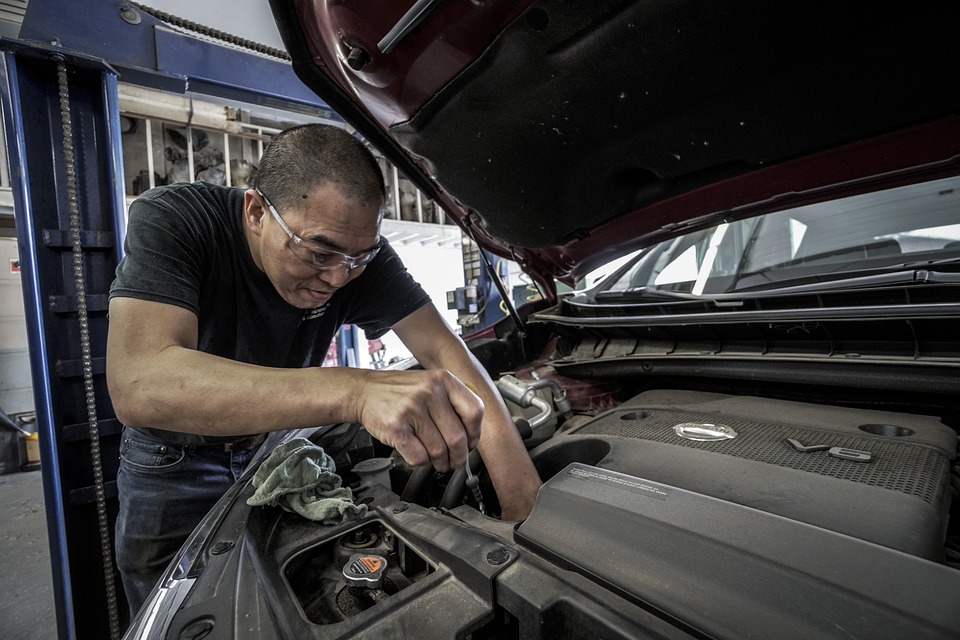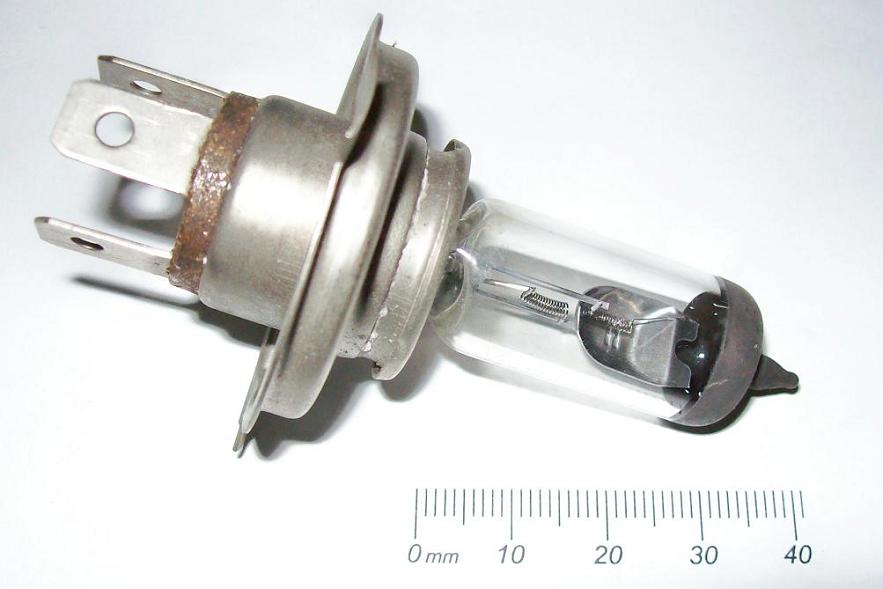When To Replace Headlights
By
Posted on Feb 22, 2019

Most drivers trust that their headlight bulbs will keep going forever. We speak to some drivers who owned a car for about 10 years now without ever thinking of changing a bulb. In one way that is incredible - it demonstrates the flexibility of the stock parts that were fitted. In any case, what many drivers don't understand is that the lamps, much the same as some other consumable on a vehicle, wear out after some time.
Regardless of whether the bulb is as yet working after an extended stretch of time, the nature of the light yield produced is probably going to be extremely poor. It's somewhat similar to not replacing your tires until they're on the edges.
Headlights are designed for a particular reason, and if in case they're not performing to the needed standard, then I guess, safety is compromised. Luckily, replacing headlights more often is a basic and economical approach as to ensure night driving more secure for any age driver. Worry not because changing a vehicle's headlights can be as simple as changing the bulb of a lamp.
How long does a halogen bulb work?

The regular life span of a halogen-based headlight bulb is somewhere in the range of 450 to 1,000 hours. The estimation of the lifetime of a headlight bulb relies upon various elements. This implies there's no basis and an "all-inclusive" response to the topic of 'To what extent will this headlight bulb last?'. Be that as it may, there are factors that can affect the lifespan of a headlight bulb.
Stock headlights have about a similar lifespan. If ever a headlight bulb wears out, a driver can accept that the other bulb isn't a long ways behind. By just substituting one of the headlight bulbs, you are taking a chance with the other to be gone not long enough.
Visibility during night-time can be influenced when one headlight bulb is new and the other one is old. With different headlight bulbs, you're not as visible to your fellow drivers on the road. Lamps that are old are sure to give a dimmer yield and give less light out. When you replace both of your headlights with new ones, you have the maximum visibility in night-time and produce a full illumination from your headlights. When your car gives out the full lighting function from your bulbs, you will be more secured on the road.
Replacing your car’s headlight bulbs implies getting in the engine, or going under your vehicle. When changing one bulb, you should do the same to the other bulb as well. You won't need to return under your vehicle again when you replace the two bulbs at the same time.
Factors that affect the life of a headlight bulb
- How often the headlights are being used
- Quality of installation
- The kind of bulb used in the vehicle
- The climate and temperature of the environment in which the car is driven on
- The quality of the stock bulbs, or if replaced, the replacement headlight bulbs
- How strong the motor vibrations are - the higher engine vibration, the lower the longevity of the bulbs
- Road surroundings and condition - increased vibration from the speed and road bumps mean decreased longevity of the bulbs
Keeping your headlights in tip-top condition
There are tips to limit the risks of night-driving or under hard climate conditions, especially in the event that you end up driving with misaligned or dim headlights. Keep your headlights in great working condition by following these simple tips:
- Give your headlights a speedy clean to dispose of debris when you wash your windows at the gas station. Cleaning the headlights enables you to see better around evening time and in poor climate conditions. This little errand can likewise help avoid glare, which can be escalated by dirt and debris on the glass.
- Try not to trust that the chance of your headlights to dim and wear out by itself even before you replace them. Headlights will dim after some time. To ensure the best lighting function, it is advised to replace them more frequently.
- It is best that you replace your headlights in pairs to ensure balance and avoid uneven lighting while on the road that can lessen the visibility along the way
- When replacing halogen-based headlights, it is better to use superior quality headlights that create an illumination closer to the regular sunshine. These brighter and whiter bulbs help enhance your visibility, especially around evening time.
- Ask a trusted and reliable auto mechanic to check if your headlights are properly balanced or fitted. Headlights can be misaligned by unpleasant road conditions and rough driving. If not well-adjusted, this can be troublesome to your fellow drivers.
- It will not take much of your time to occasionally check the quality of all your vehicle lights. You mask ask someone to assist with you with the process like turning on the headlights, turn signals and brake lights while you are having a walk and inspection around the car.
A Key Takeaway
Headlights are a standout amongst the most essential components of your vehicle. These headlight bulbs protected by polycarbonate lens enable you to accomplish clear vision amid evening time driving, just as it keeps you from getting hit by approaching vehicles. In this way, having all around kept up perfectly clear headlamps is among the security risks you should consider.
Frequent replacement of a car’s headlight bulbs is a basic and economical approach to ensure night-driving to be a lot safer than not. There are a lot of considerations to look at as to when is the right time to replace your headlight bulbs, more as to what affects the lifespan of the bulbs. Frequent change of the headlights will actually save you from road troubles and distractions.
In replacing bulbs, customers should check the package for marks and labels whether the bulbs are "uses high-quality halogen" or "100% road legal " to guarantee that the item they buy is of a high standard and can give out the needed function and performance.

